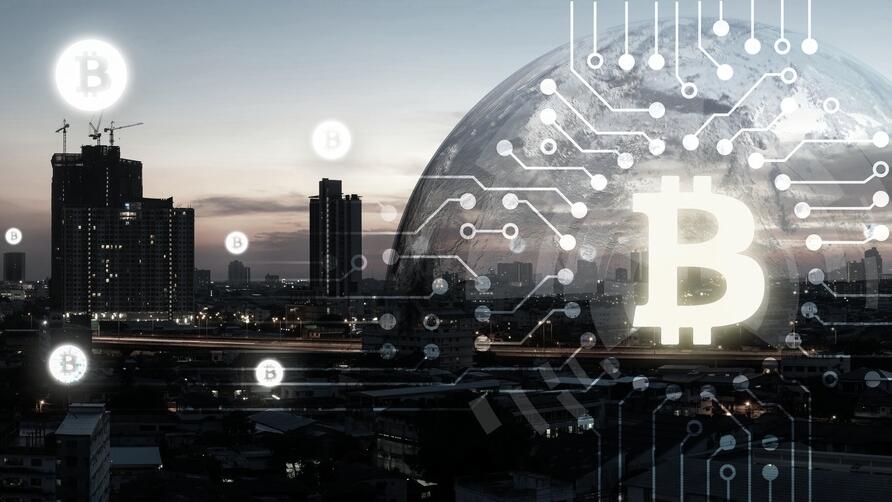 Energy Infrastructure
Energy InfrastructureEnergy Track & Trace using Blockchain
Summary
A buyer of electricity can be offered a traceable link of power supply from specific source(s) of renewable power. TYMLEZ can offer an API*-box for the traceability of the energy right from its source all the way to the consumer. The chain will guarantee faultless splitting of the assets. With periodical meter inputs unique certificates can be created on the blockchain. These certificates will show consumers the origin of energy. This could be from larger or smaller producers. The system also offers interesting expandability options such as p2p-trading integration and tracking trough storage. The entire API-box can integrate seamlessly with existing frontend systems.
Open full article
Energy Track & Trace using Blockchain
Today, there is no immediate link between production and use of electricity. There is no true way to directly prove if renewable energy bought by a consumer is indeed from a specific renewable source. By refining the link between renewable power producers and consumers to short time increments, Tymlez presents a new infrastructure that provides Guarantees of Origin (GoO) with additional information for renewable energy. A buyer of electricity can be offered a time-stamped traceable link of power supply from specific source(s) of renewable power. The GoO traceability can then be complemented with identifiable link(s) to specific renewable power sources. Here, visualization is a key for both the producers and the consumers.
TYMLEZ can offer an API*-box for the traceability of the energy right from its source all the way to the consumer. In figure 1 this API-box is represented by the grey container labeled ‘TYMLEZ’. The core components of the TYMLEZ container are the blockchain and the consensus algorithm. Together they make an immutable ledger that can be used to track and trace energy certificates and execute smart contracts.

![]()
The information stored within the energy certificates will require an external data stream. The quantity, source, and timestamp of a certificate will need to be verified by smart energy meters that are onboarded on the blockchain. This can be done by opening up certain API’s for metering data input. The input will come from outside the Tymlez system. The authenticity of the data will be verified by a smart contract on the blockchain. Once the data is verified, digital energy certificates can be created on the blockchain. The time interval of the metering data will determine how often these certificates can be created. The whole process is displayed in figure 2.

![]()
By coupling a producer to a renewable energy source, a unique digital energy token will be created on the blockchain containing the producer, energy source, quantity, and the timeframe. This token on the blockchain represents the generated energy and will contain all the necessary information for the hour-by-hour track and trace. Optionally existing GoO’s can be coupled to these energy tokens. The blockchain will add the extra details that are currently missing to such a GoO.
Instead of just issuing a renewable energy certificate the information of these energy tokens can be leveraged to also guarantee the type of energy and when and where it was generated. Using this detailed information, consumers can be assured that only the energy of a preferred type(s) or even a specific producer is sold to them.

![]()
In figure 3 it is illustrated how these certificates can give the consumer total transparency into the generated energy by splitting the certificate and sending it directly to the consumers. The blockchain will guarantee faultless splitting of the assets.
The entire API-box can integrate seamlessly with existing frontend systems. With periodical meter inputs unique certificates can be created on the blockchain. These certificates will show consumers the origin of energy. This could be from larger or smaller producers.
The system also offers interesting expandability options such as p2p-trading integration and tracking trough storage.



